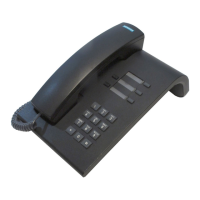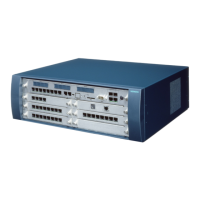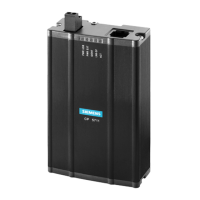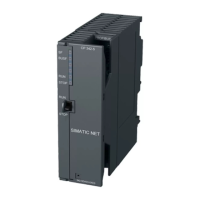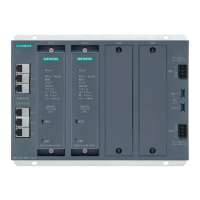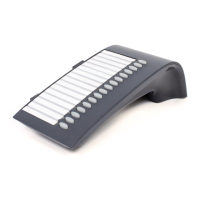Starting up a tie trunk
You must determine what type of interface is supported by both systems involved before you start up
a tie trunk. Type two is always preferable since it virtually excludes problems with longitudinal
voltage.
Characteristics of interface types
E&M interface, type 1 (Figure 3-28)
No negative power feeding is required for the interface in the transmission equipment. Only
two signal wires are provided, the communication system and transmission equipment are
non-floating and, therefore, not protected against longitudinal voltage.
E&M interface, type 1A (Figure 3-29)
Same as type 1 but without a 0 V rest potential on the M wire.
E&M interface, type 1B or 5 (Figure 3-30)
Negative power feeding is required for the interface in both the transmission equipment and the
communication system. Only two signal wires are provided. The two M-wires are connected to
0 V potential only. This means that no special measures are required against short-circuit
currents in the event of earth leakage. The communication system and transmission equipment
are non-floating and, therefore, not protected against longitudinal voltage.
E&M interface, type 2 (Figure 3-31)
Negative power feeding is required for the interface in both the transmission equipment and the
communication system. Four signal wires are provided. The M contacts are floating which
means that there is no non-floating link between the communication system and transmission
equipment.
Interface type 2 is recommended as it provides the best longitudinal protection.
E&M interface type 3
Signals transmitted via four wires, M-signals has EARTH or V
battery
(- 48 V), for the adaptation
of TIEL to direct TIEL (without a converter).
Technical data for the interface
Transmit path
Four-wire transmit level -3.5 dBr
Four-wire receive level -3.5 dBr
Characteristic impedance 600 ohms
Frequency range 0.3 - 3.4 kHz, +/- 1 dB
Dielectric strength of speech wire against earth 1 kV surge, 1.2/50 µs and 10/700 µs
Signalling
Type of E&M interface (selectable) 1, 1A, 1B, 2, 3, 5
Transmit path M (type 2)
Voltage drop at I = 30 mA < 1.5 V
http://cmweb01.mch.pn.siemens.de/e_doku/en/h150/h15/30/sh/2/15_32.htm (19 of 46) [06/04/2000 13:03:53]

